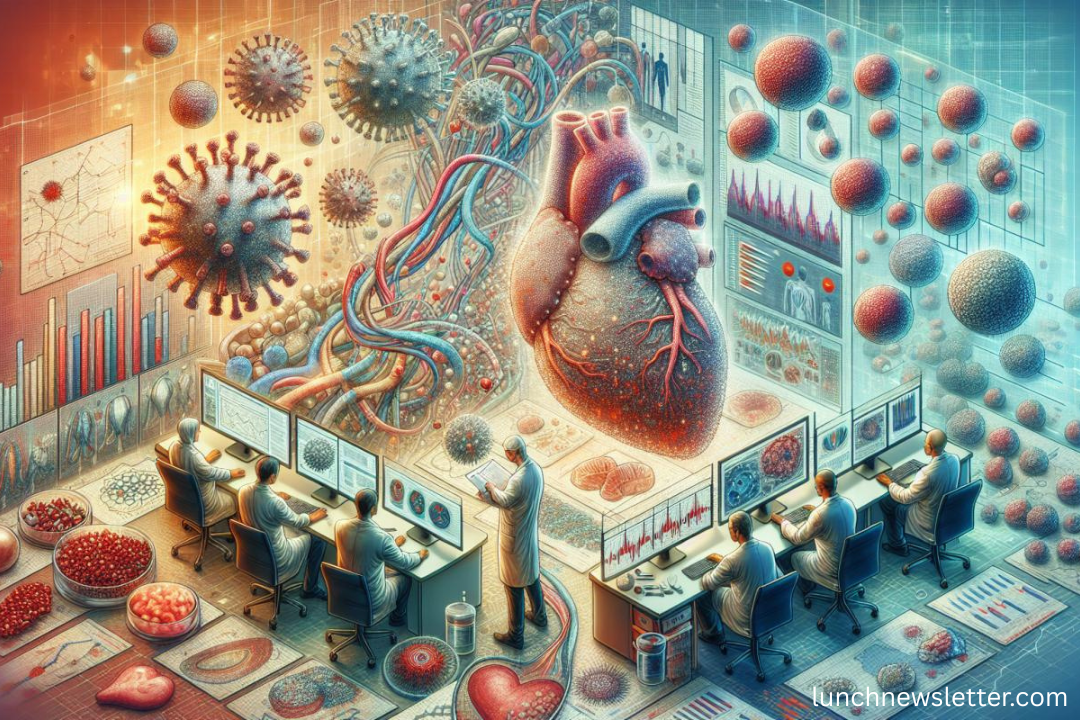Heart health refers to the overall well-being of the cardiovascular system, including the heart, arteries, and blood vessels. Maintaining good heart function is essential for delivering oxygen rich blood throughout the body. Poor heart health can lead to high blood pressure, heart attacks, stroke, and even premature death.
Key factors affecting heart health include:
- Diet and nutrition
- Physical activity
- Stress levels
- Genetics
- Environmental exposure
While lifestyle choices dominate discussions around heart health, scientists are now paying closer attention to environmental toxins—especially those found in plastics.
Read more: silk pajamas set
What Are Everyday Plastics?
Plastics are synthetic materials made from polymers commonly used in packaging, household goods, and personal care items. The most concerning are plastics that contain:
- Bisphenol A (BPA)
- Phthalates
- Polystyrene
- Polyvinyl chloride (PVC)
These chemicals can leach into food, water, and even air. They are absorbed into the body through ingestion, inhalation, or skin contact, disrupting normal physiological functions—especially those related to hormones and the cardiovascular system.
The Science Behind Plastics and Heart Health
Recent studies have shown that chemicals like BPA and phthalates can negatively impact heart health by mimicking hormones, particularly estrogen. This hormonal disruption can cause:
- Inflammation of blood vessels
- Irregular heart rhythms
- Increased blood pressure
- Accumulation of arterial plaque
One study published in the Journal of the American Heart Association found that individuals with high BPA levels had significantly higher risks of hypertension and heart disease. Another study linked phthalate exposure to increased cholesterol and insulin resistance, both major risk factors for poor heart health.
How Plastic Exposure Happens Daily

Most people are unaware of just how frequently they come into contact with harmful plastics. Exposure routes include:
- Food packaging: Plastic containers and wraps often contain BPA or phthalates.
- Bottled water: Heat or sunlight can cause chemicals to leach into the water.
- Microwaving in plastic: Heat accelerates the breakdown of plastic, increasing chemical release.
- Personal care items: Shampoos, lotions, and cosmetics often contain phthalates.
- Household dust: Microplastics and chemical particles accumulate in the air and dust.
These repeated exposures, though seemingly small, can have cumulative effects on heart health over time.
Vulnerable Populations at Greater Risk
While everyone is susceptible, certain groups face greater risks due to higher exposure or biological sensitivity:
- Pregnant women and infants: Developing organs are more vulnerable to hormonal disruptions.
- Elderly individuals: Age-related decline in detoxification systems increases vulnerability.
- People with pre-existing conditions: Those with diabetes or hypertension already have compromised heart health.
Understanding who is most at risk can help guide protective strategies and inform public health policy.
Long-Term Effects on Heart Health
Chronic exposure to plastic chemicals doesn’t result in immediate symptoms, making them a silent threat. Over time, however, they may contribute to:
- Atherosclerosis (hardening of the arteries)
- Arrhythmias (irregular heartbeat)
- Heart failure
- Coronary artery disease
These conditions develop gradually, often going unnoticed until a serious cardiac event occurs. Prioritizing environmental and lifestyle changes can dramatically reduce these long-term risks to heart health.
Ways to Reduce Plastic Exposure and Protect Heart Health
While it’s impossible to eliminate plastic completely, there are effective ways to reduce your exposure and protect your heart health:
Switch to Glass or Stainless Steel
Avoid using plastic containers, especially for storing hot foods or beverages. Opt for glass or stainless steel alternatives that are both safer and more durable.
Check Labels for BPA-Free Products
Though “BPA-free” doesn’t always guarantee safety, it’s a step in the right direction. Look for products labeled BPA-free, especially for water bottles, baby products, and food containers.
Avoid Microwaving Plastic
Heating plastic can cause chemical leaching. Always transfer food to a ceramic or glass dish before microwaving.
Choose Fresh Over Packaged
Reduce the amount of processed and packaged foods in your diet. Many contain plastic residues from packaging that can compromise heart health.
Ventilate Living Spaces
Plastic particles in dust and air can affect indoor air quality. Regularly dust and vacuum your home and keep it well-ventilated to minimize inhalation of toxic particles.
Use Natural Personal Care Products
Check ingredient labels on lotions, shampoos, and other body products. Avoid items with phthalates and other synthetic fragrances.
Government Regulations and Public Awareness
In recent years, various governments and health organizations have called for tighter regulations on plastic chemicals due to their links to serious health conditions, including compromised heart health. The FDA has banned BPA in baby bottles and sippy cups, and some states have implemented stricter guidelines on phthalates.
However, more comprehensive action is needed. Public education and consumer advocacy are critical to pushing for safer alternatives and better product labeling.
The Future of Heart Health and Environmental Toxins
As scientific evidence mounts, the conversation around heart health is shifting to include not only personal lifestyle choices but also environmental influences. The role of plastics in our daily lives is under scrutiny—not just for pollution concerns, but for their potential to silently undermine our most vital organ.
Emerging research is expected to uncover even more specific mechanisms by which plastic disrupts cardiovascular function, helping consumers make informed decisions.
Certainly! Here’s the revised version with the requested formatting:
Frequently Asked Questions (FAQ’s)
How do plastics affect heart health?
Plastics, especially those containing chemicals like BPA and phthalates, can disrupt hormonal balance and contribute to heart disease by raising blood pressure and causing inflammation in blood vessels.
What chemicals in plastics are harmful to the heart?
The most harmful chemicals in plastics for heart health include BPA (Bisphenol A), phthalates, and polystyrene, all of which can interfere with the cardiovascular system by affecting hormones and increasing inflammation.
Can long-term exposure to plastic chemicals cause heart problems?
Yes, long-term exposure to chemicals from plastics can lead to chronic conditions like atherosclerosis (plaque buildup in arteries), heart failure, and arrhythmias, as these chemicals disrupt normal cardiovascular function over time.
Who is most at risk from plastic exposure affecting heart health?
Pregnant women, infants, elderly individuals, and those with pre-existing health conditions like diabetes or hypertension are particularly vulnerable to the heart health risks posed by plastic chemicals.
How can I reduce plastic exposure to protect my heart?
To protect heart health, avoid microwaving plastic, choose BPA-free products, opt for glass or stainless steel containers, and minimize processed food intake. It’s also important to choose personal care items free from phthalates.
Are plastic water bottles harmful to heart health?
While occasional use of plastic water bottles is generally safe, prolonged exposure to heat or sunlight can cause harmful chemicals like BPA to leach into the water. Consider using BPA-free bottles or alternatives like glass or stainless steel for a safer option.
What are the long-term effects of plastic exposure on the cardiovascular system?
Long-term plastic exposure can contribute to heart disease, high blood pressure, and stroke. It can also lead to metabolic problems, such as insulin resistance and elevated cholesterol levels, which further strain the cardiovascular system.
Are there regulations to limit plastic exposure in everyday products?
Yes, some governments have imposed bans on BPA in baby products and regulated phthalates in personal care items. However, there is still a need for broader regulations to fully address the risks of plastic exposure on heart health.
Conclusions
Everyday choices play a powerful role in protecting heart health and that includes reducing exposure to harmful plastics. From selecting safe containers to being mindful of what we eat and the products we use, small changes can add up to big health benefits. Understanding the risks associated with plastic exposure and how it impacts heart health empowers individuals to take action. While avoiding plastics entirely may not be practical, thoughtful steps can significantly reduce long-term health consequences. Heart health is far too important to ignore, especially when hidden dangers like plastic exposure lurk in plain sight. By making smarter choices and supporting policy changes, we can take proactive steps toward a healthier heart and a healthier future.
